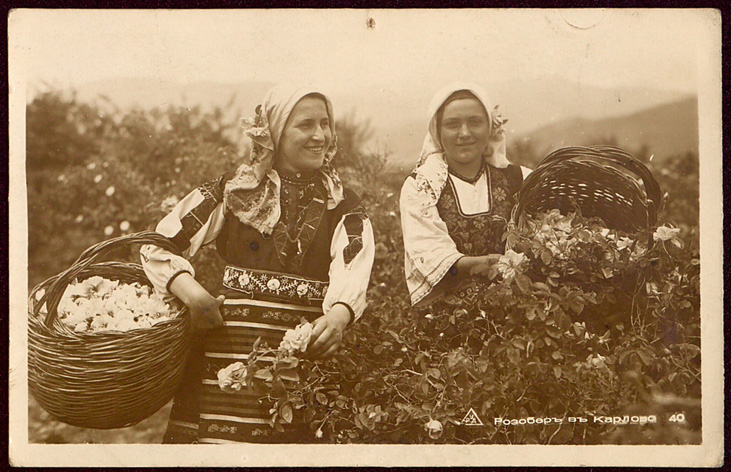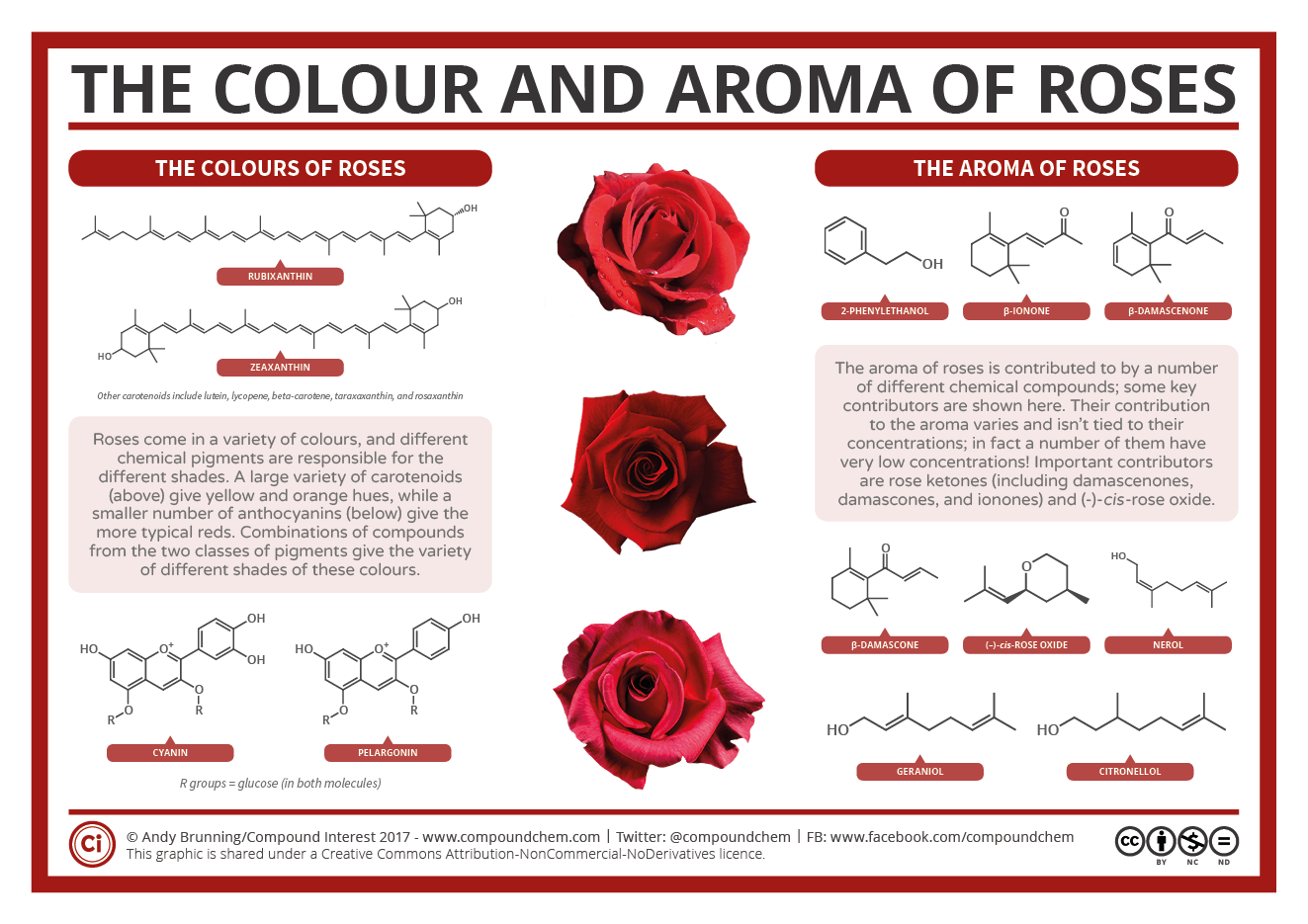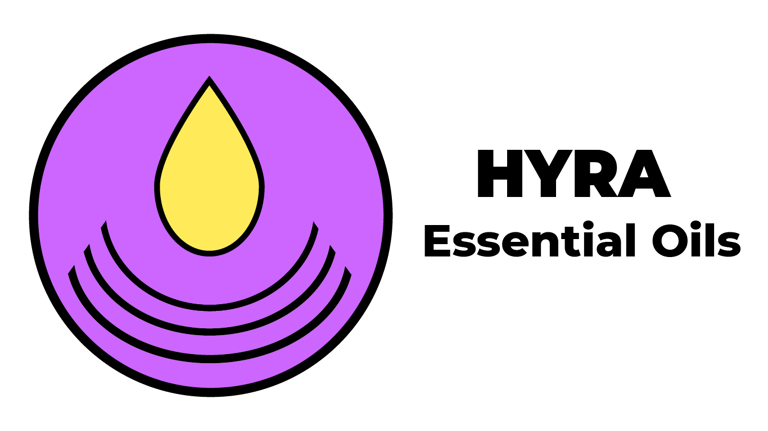
Bulgarian Rose Essential Oil in Perfumery: The Ultimate Guide to Premium Fragrance Creation
Discover why Bulgarian rose essential oil is the queen of perfumery ingredients. Learn about fragrance formulation, chemical composition, and how to create luxury perfumes with authentic Rosa damascena from Bulgaria's renowned Rose Valley.
6 min read
Table of Contents:
1. Why Bulgarian Rose Is Called the "Queen of Flowers" in Perfumery
2. The Complete Chemical Profile of Bulgarian Rose Essential Oil
3. How Rose Water Transforms Modern Fragrance Compositions
4. Understanding Fragrance Architecture: Essential Oil Classification System
5. Rose Oil vs Rose Water: Choosing the Right Ingredient for Your Fragrance
6. Professional Perfume Formulation: Concentration Guidelines
Rose has maintained its status as one of perfumery's most coveted ingredients for centuries. Throughout history, the rose has symbolized love, beauty, and luxury. Ancient civilizations, from the Egyptians to the Romans, used rose petals and rose water for both ceremonial and cosmetic purposes. In perfumery, the rose is known as the "Queen of Flowers," a title that reflects its dominance and versatility in fragrance creation.
Rose extracts, whether as essential oil, absolute, or water, are prized for their ability to blend harmoniously with a wide array of notes. Roses are harvested at dawn when their scent is most potent, and only select species, such as the Rosa damascena, are used for high-quality fragrance materials. Notably, Hyra's rose products are sourced exclusively from the world-renowned Bulgarian Rose Valley, a region celebrated for producing the finest and most aromatic roses globally with centuries-long history.
From classic fragrances to modern niche perfumes, the essence of rose continues to captivate perfumers and consumers alike with its complex, multifaceted aroma profile. As suppliers of high-quality rose essential oil and rose water (hydrolat), we understand the pivotal role these ingredients play in creating exceptional fragrance experiences.
Rose Harvest in Bulgaria's Valley of Roses, 1935
Why Bulgarian Rose Is Called the "Queen of Flowers" in Perfumery


The Complete Chemical Profile of Bulgarian Rose Essential Oil
Our Bulgarian rose essential oil is a marvel of natural chemistry, containing over 300 distinct compounds. The primary aromatic constituents of Rosa damascena include:
Citronellol (20-34%)
Geraniol (14-22%)
Nonadecane (8-15%)
Nerol (5-12%)
Photo Credit: Compound Interest
These molecules, especially citronellol, geraniol, and nerol, are responsible for the sweet, floral, and slightly spicy nuances that define rose’s signature scent. The complexity of rose oil’s chemical profile gives it a multidimensional character, allowing it to shift from fresh and dewy to deep and opulent, depending on its concentration and blending partners.
The main aroma components of Rosa x damascena Miller are regulated under ISO 9842:2024, and Bulgarian rose oil, in particular, is protected as a geographical indication in Europe, underscoring its prestige and authenticity


How Rose Water Transforms Modern Fragrance Compositions
Just like rose essential oil, rose water is produced through the steam distillation of fresh Rosa damascena petals. This process yields fragrant water that captures the light, airy essence of the flower, distinct from the more concentrated rose essential oil.
Unlike most commercial rose waters that are merely byproducts of essential oil production, our premium rose water is crafted through a dedicated distillation process using petals exclusively reserved for hydrosol extraction. This specialized approach employs carefully controlled distillation conditions that fully preserve the delicate aromatic compounds and therapeutic properties of Rosa damascena. The result is a superior rose water with enhanced potency, purity, and fragrance complexity that distinguishes it from conventional hydrosols on the market.
Rose water imparts a delicate, refreshing, and slightly sweet floral note to fragrances. It is often used as a top or heart note, offering a soft, dewy freshness that enhances the elegance and purity of a composition. Its gentle character allows it to blend seamlessly with other floral, citrus, and green notes, making it a versatile component in both classic and modern fragrances.
Understanding Fragrance Architecture: Essential Oil Classification System
The sophisticated world of perfumery relies on a systematic approach to categorizing essential oils based on their olfactory characteristics and behavior in fragrance compositions. This classification system, which has evolved alongside the perfume industry's growing interest in essential oil research, reflects both the economic demand for natural fragrances and the artistry required to create memorable scent experiences.
Essential oils are traditionally classified into three distinct categories - top, middle, and base notes - according to their volatility, diffusion rate in air, and aromatic characteristics. This framework provides perfumers with a roadmap for creating balanced, evolving fragrances that unfold beautifully over time.
🔴Top Notes: Creating the Perfect First Impression
The First Impression Top notes represent the most volatile components of a fragrance, creating the initial olfactory impact that customers experience. These light, fresh scents are responsible for that crucial first impression and often serve as the "selling note" of a perfume. Lasting between 5-30 minutes, top notes include vibrant essences like bergamot, juniper, cinnamon, gardenia, and rose water. Their fleeting nature provides immediate freshness and brightness to a fragrance blend, with rose water contributing that distinctive dewy, floral opening that captures attention immediately.
🔴Middle Notes: The Heart of Every Great Fragrance
Also known as heart notes, middle notes form the core character of a fragrance. These essential oils, which tend to be spicy or floral in nature, give body and depth to perfume blends. With a duration of up to one hour, middle notes include beloved essences such as ylang-ylang, geranium, lavender, jasmine, and clove. This category showcases the versatility of floral ingredients in creating the foundational character that supports the entire composition.
🔴Base Notes: Building Long-Lasting Fragrance Foundation
Base notes represent the least volatile essential oils and provide the lasting foundation of a fragrance. These deep, rich essences can remain detectable for several hours, giving perfumes their longevity and depth. Classic base notes include myrrh, vanilla, sandalwood, frankincense, and rose essential oil - ingredients that anchor the lighter top and middle notes while providing the composition's lasting impression. Rose essential oil's complex molecular structure allows it to deliver that enduring floral richness that becomes more pronounced as the fragrance develops on the skin.



Rose Oil vs Rose Water: Choosing the Right Ingredient for Your Fragrance
Professional Perfume Formulation: Concentration Guidelines
The incorporation of new aromas and the development of innovative products remain critical to the success of perfumers and fragrance chemists. A wide array of natural and synthetic aromatic materials offers a vast palette for fragrance creation. Most perfumes are formulated using alcohol as the primary carrier, while fragrance oil concentration determines the type, strength, and longevity of the final product.
References:
Antonova, D. V., Medarska, Y. N., Stoyanova, A. S., Nenov, N. S., Slavov, A. M., & Antonov, L. M. (2021). Chemical profile and sensory evaluation of Bulgarian rose (Rosa damascena Mill.) aroma products, isolated by different techniques. Journal of Essential Oil Research, 33(2), 171-181.
Baser, K. H. C., & Buchbauer, G. (2009). Handbook of essential oils: science, technology, and applications. CRC press.
Sell, C., & Sell, C. S. (Eds.). (2006). The chemistry of fragrances: from perfumer to consumer. Royal Society of Chemistry.
Sharmeen, J. B., Mahomoodally, F. M., Zengin, G., & Maggi, F. (2021). Essential oils as natural sources of fragrance compounds for cosmetics and cosmeceuticals. Molecules, 26(3), 666.
🔴Parfum (Extrait de Parfum)
The most concentrated form of fragrance, containing approximately 20–30% aromatic compounds and a lower proportion of alcohol. It delivers a rich, long-lasting scent, typically lasting 8–12 hours or more, ideal for special occasions or luxury formulations.
🔴Eau de Parfum (EDP)
Contains around 15–20% fragrance oils and 80–85% alcohol. Known for its strong yet wearable character, it provides long-lasting performance suitable for both daytime and evening use.
🔴Eau de Toilette (EDT)
Features 5–15% fragrance oils in a similar alcohol base. It offers a lighter and more casual scent, making it ideal for daily wear.
🔴Eau de Cologne (EDC)
Includes 2–5% fragrance oils, typically in about 70% alcohol. Its fresh and invigorating scent profile fades more quickly, making it well-suited to frequent reapplication.
🔴Eau Fraîche / Splash Cologne
The most diluted category, with only 1–3% fragrance oils and a high proportion of water or alcohol. It offers a subtle and refreshing scent, perfect for a quick uplift or use in warmer climates.
Despite constantly evolving trends in the fragrance industry, premium rose products continue to maintain their essential role in perfumery. Whether creating classic floral compositions or innovative contemporary fragrances, Hyra's premium rose essential oil and rose water provide perfumers with versatile, sustainable, and authentic ingredients that meet the demands of today's discerning consumers.


